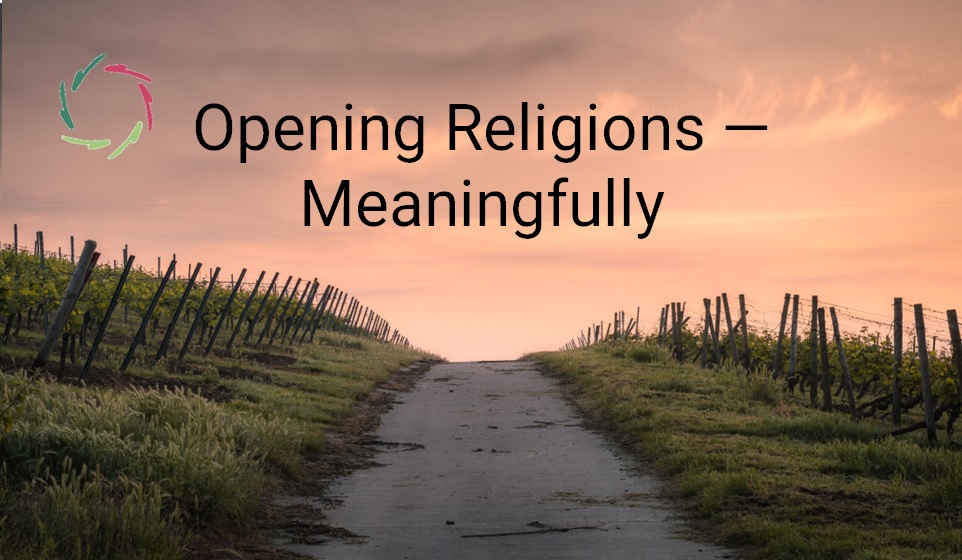Everyday Mysticism

This doesn’t downgrade mysticism to everyday. It upgrades everyday to mysticism.
Every day, fleeting moments of mysticism
For example, a sense of deep wonder or awe for a beautiful sunrise, in the train from Antwerp to Brussels.
For example, a beautiful song that carries me (much) further than usual.
For example, a shared insight during a coaching talk, gliding to a special understanding of human essence.
For example, looking into the eyes of someone just a bit longer and recognizing a total, beautiful human being.
…
Neurologically
Several hormones and neurotransmitters (molecules used by neurons for communications with other neurons) play a role, of course, as they do at any mental event. They are part of the happening. However, in non-pathological circumstances, they can hardly be seen as ‘causal’ by themselves.
According to me, the interesting level – when taking the neurological viewpoint – is not the molecular level, nor the one of single neurons, but the one of broadly distributed neuronal networks. This is hard to scientifically explore. Nevertheless, it is a missing link between meaningless molecules/neurons and anatomically distinct brain parts where ‘something is happening and we don’t know what it is’.
What is the implication?
A broad neuronal distribution means – psychologically speaking – also a broad field of patterns and associations. Not necessarily or even precisely not at conscious level. The generating part, as always, happens at nonconscious level. It may also be the most interesting part.
At conscious level, one can have kind of a delusional feeling to some degree or another. That may be scary or nice but by itself, but conceptually not so interesting if you keep at the outside of such.
Pathological or induced mysticism
Interestingly, in some very specific circumstances, ‘mystical’ experiences may be artificially induced. For example, in a patient with a tumor of the temporal lobe, or at an overdose of steroids, or – in recent years – at a transcranial magnetic stimulation (strong magnet put at the outside of someone’s skull). Psychedelic drugs can also induce a state that is unrecognizable from a mystical experience as recounted on paper in both cases. Such has been shown quite rigorously in scientific research.
This doesn’t make mysticism a pathology. It shows that ‘doors can be opened’ through several means. The interesting part is what comes through those doors, and even more how one then manages this content.
How does it affect you?
How does it change you?
What can one ‘learn’ from mystical experiences, even those of everyday?
In normal and ‘sane’ circumstances, thoughts happen quite discretely, serially, conceptually… at least at conscious level. But each and every of these thoughts comes from somewhere. Not falling from the sky or appearing by magic, the only possibility is: from nonconscious working of the brain.
Mystical experiences bring us consciously closer to this nonconscious working of the brain.
That’s fine, with caution.
What it ‘learns’ is that the world we consciously live in, is but one way of looking at something that can be looked at in very different ways.
What it may then concretely learn you, depends upon the effort and openness with which you encounter such experiences.
Everyday mysticism is extremely interesting
but only if you let it be so.
You need to ‘earn it’.
Otherwise it’s just, well, pleasant or not, as is the case with any psychedelic experience.


